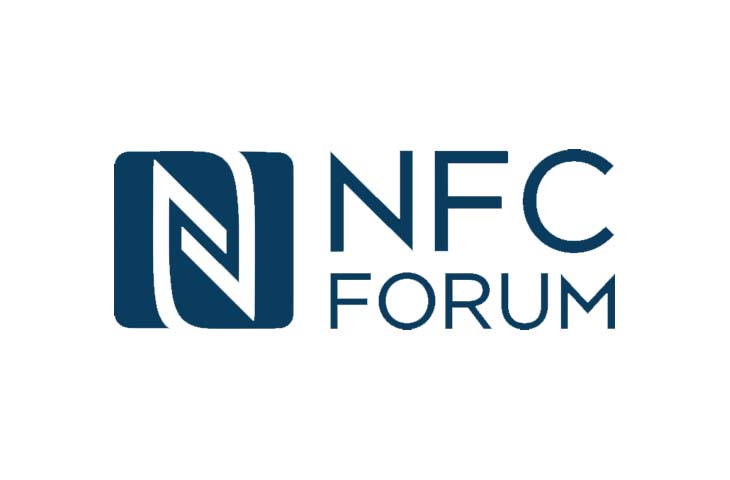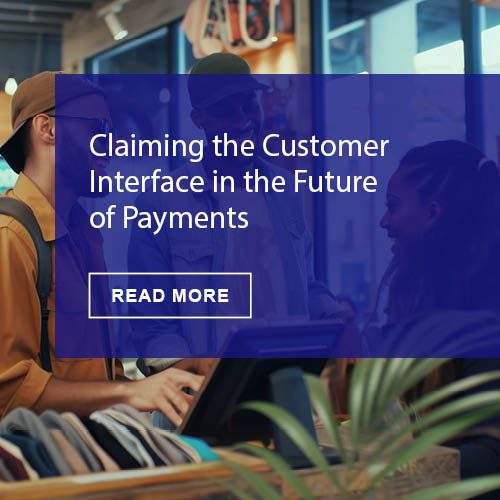Can you provide us a brief background on the NFC Forum and the role it plays in the payments and retail sectors?
The NFC Forum is the world’s leading standards and advocacy association for Near Field Communication (NFC) technology. Over the last 10+ years we’ve developed, tested and released the technology standards and specifications that allow NFC-enabled devices – like smartphones – to be used to make in-store purchases, easily pay for public transportation or to commission and control Internet of Things (IoT) devices, among many other things. Our 150 members include large well-known companies along with a good mix of innovative startups. The NFC Forum’s Retail and Payment Special Interest Group is a subset of the organization and is focused on improving the speed and convenience of contactless transactions while enhancing the retail customer journey.
What is the state of NFC in the payments and retail industry today?
NFC deployment and use in the payments and retail industry have recently reached a positive inflection point. After years of steady climbing, usage is beginning to surge. On January 29, 2018, Apple Pay VP Jennifer Baily announced that half of all stores in the United States now accept Apple Pay. Combined with the global presence of Google Pay (previously known as Android Pay), Samsung Pay, and the increasing interest in and acceptance of mobile payments, it is not hard to imagine a moment when upwards of 50% of in-store purchases in the United States, Europe and parts of Asia will be performed using NFC technology built into a wide range of smart devices. With the launch of iOS11, Apple enabled NFC tag reading capability on all iPhones 7 and newer. We can now expect an even broader set of retail use cases for mobile phones using NFC’s easy tap and read functions.
More and more people are using their mobile phones to make purchases, but how else will people pay with NFC?
While smartphones are used to initiate the vast majority of purchases, NFC-capable wearables are quickly emerging to speed up and simplify mobile payments. Shoppers can make NFC payments using Android or Apple watches, fitness trackers (Garmin, FitBit) and more. A good example of what can be done with NFC and wearables is Visa’s NFC gloves at the Winter Olympics. They keep your hands warm and the embedded NFC chip has preloaded value, enabling you to make payments without removing your gloves to pay for a hot tea on a frigid day! Visa is also offering lapel pins and NFC stickers that can be loaded with prepaid value during the Olympic Games. The flexibility, size and security of NFC technology make it ideal for wearable applications and products.
NFC payments are also getting easier as compatible payment terminals move beyond traditional retail. NFC-enabled vending machines make it fast and convenient to get a bottle of water on a hot day, while a $50 dongle can turn a smartphone into an NFC payment terminal at micromerchants participating in street festivals, farmer’s markets, and other pop-up retail.
What is the role of NFC beyond payment in retail?
NFC is becoming a pervasive part of the entire retail omnichannel experience. NFC tags in smart shelves, smart products and packages can be read with smartphones or other devices and used to engage and educate customers, allow for loyalty program integration as well as reordering. A recent example of this approach is Campari’s NFC refrigerator reorder magnet developed by Thinfilm to accelerate reordering of Skyy vodka, Wild Turkey bourbon, and other brands. One tap on the magnet launches quick and convenient reordering for home delivery. Another interesting example is SMARTRAC’s CIRCUS DURA Near Field Communication (NFC) tags. These tags offer brands and retailers the possibility to now interact with their consumers deep into the product lifecycle. An innovative apparel brand using the tags is DYNE. Expect to see many more examples of easy and convenient ways to enhance the customer journey in 2018.
What are the advantages of NFC over QR codes?
Each technology has its place, but users prefer NFC over QR codes when speed, security and convenience matter most. With NFC, it’s fast and easy to make purchases, access information, or control an IoT device simply by “tapping” your device on the NFC tag or reader. We call it “tap and go”. When Strategy Analytics conducted a study of NFC and QR code users, they found that users preferred NFC based on speed, convenience, and a user-first feeling. QR codes often lack item-level unique identification, making it impossible to track and trace product through a supply chain or provide a personalized experience to users. Like all camera-based technologies, QR codes struggle in low-light environments and with poor cameras. On the product side, graphic designers prefer NFC because they can feature their brand rather than a large, unattractive series of blocks. Because NFC blends into branding, it has a beautiful, premium feel in addition to its superior ease of use.
Looking ahead what do you see happening with NFC in 2018?
NFC is a “now” technology. What I mean is that NFC technology has become a serious part of the mainstream consumer experience in payment and retail. Over two billion NFC-enabled devices are in use today. That means almost a quarter of the planet can use NFC technology right now, and they’re increasingly doing so – to board a train, to pay for lunch, to pair their headphones, and to bring everyday objects to life. This number will only grow as companies continue to innovate using NFC technology. Consumer expectations are rising and retailers and payment professionals need to take NFC seriously and ensure that it is supported.
In 2018, look for NFC payments to move beyond the smartphone to a wide variety of wearables and beyond traditional retail environments. Also, with an expected 36 billion IoT devices in use worldwide within the next few years, expect continued improvements in the retail customer journey. It’s a good time to be in the payment industry as cashless opportunities continue to grow worldwide.











